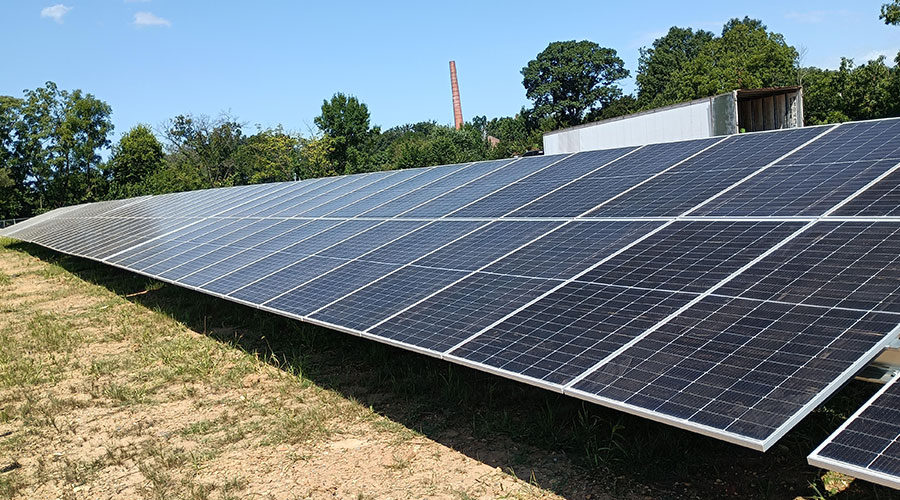Energy Modeling: Building Owners Drive Growing Popularity
Building owners are more interested than ever in understanding how their properties will perform once in operation.
Today’s most cost-effective energy efficiency strategies generally require optimized control of complex HVAC and lighting systems. But traditional savings calculations may not work well in these applications. To estimate savings and to optimize the sequencing of operations in controls upgrades for such applications often requires using energy models.
Building energy modeling uses a computer to build a virtual replica of a new or established facility. Then the weather conditions of an entire year are applied to simulate how the building will probably perform.
An established concept, building energy modeling has been used by the U.S. Department of Energy (DOE) since the 1970s. DOE’s Building Technologies Office distributes two software packages — EnergyPlus and OpenStudio — under an open-source license. Meanwhile, the group also is in the middle of a three-year project using national lab test facilities for fine-tuning building energy modeling’s validation.
Testing and validation improve building energy modeling’s accuracy and lead to better software requirements.
Market drivers
Experts believe building energy modeling’s growing popularity is being driven primarily by building owners interested in knowing how their properties will perform and by certification and by building energy code compliance requirements.
“People are more interested in predicting the performance of buildings,” explains Ben Skelton, CEO of Cyclone Energy Group. “It’s becoming necessary to model buildings to satisfy code authorities.”
But it’s not just energy code authorities that are encouraging BEM use. “Rating systems like LEED provide recognition of higher performance buildings, which are attractive to tenants due to improved comfort, convenience, and lower utility costs,” says Ellen Franconi, senior consultant to the Rocky Mountain Institute.
“Owners are seeking higher building performance at lower cost,” observes Ralph Muehleisen, principal building scientist at Argonne National Laboratory. “And design choices can be validated using energy modeling.”
For example, building energy modeling can show how changes to the building envelope or the electric lighting system affect HVAC energy consumption. “In some cases, we use the simulation tools to show that we can replace the HVAC system with a smaller unit, if we also take some steps to reduce loads,” explains Kolderup. “The whole project can turn out both cheaper and more efficient.”
“Savings are being lost in some projects because potential opportunities are overlooked,” adds Kolderup.
Related Topics:














